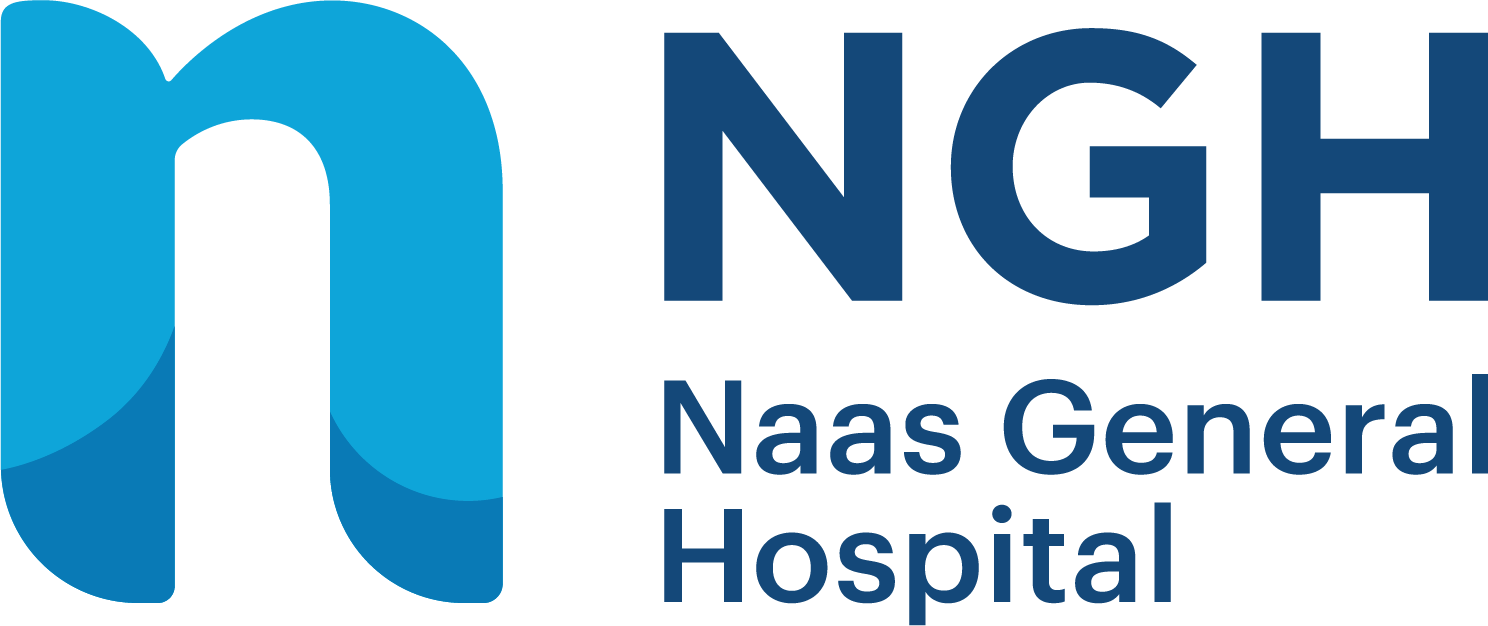Cardiac Diagnostics
We provide a full range of diagnostic cardiac procedures for our patients.
These tests include:
- 24hr ECG monitor/Holter
- 24hr Blood pressure monitor
- Novacor (a type of 7-day recorder different to an event recorder:
- 7-day event recorder (a type of 7-day recorder, portable and non-invasive)
- 12 lead ECG
- Exercise stress test
- Echocardiogram (ultrasound)

Level 3, Out-Patients Department
(045) 849 864

Hours of Service
-
Mon-Fri8:30 a.m. – 4 p.m.
